Sooner or later, it happens to the best of us, we get a flat tire. Most of us have a roadside assistance membership of some kind but it is always good to know how to do this.
Safety First:
Loosening the Lug Nuts:
Call Our Tire Experts at 877-720-8576 to Quickly Get You Back on the Road
Jack Up the Car and Remove the lug Nuts:

Attach the Spare Tire:
On the Ground:

Clean Up
If you are lucky a tire isn't completely destroyed when it goes flat. If the flat is caused by a nail or other sharp object, and you can't or don't want to change your tire you may be able to give yourself a few miles of leeway by using a flat-fix type spray. Simply follow the manufacturer's directions. In ideal situations, the spray foam will allow you to at least find a close off-ramp and pull into a service station or a rest stop before you have to change your tire.
If your tires appear worn or you have had a flat tire and need it fixed or replaced, contact our service department for a fast and cost-efficient solution.
→ Return to Service FAQs
Posted by Benjamin Hunting Know How
A seized lug nut can turn the simple task of changing a tire into a frustrating experience. It doesn’t have to be that way — there are a number of tricks on how to loosen a nut that just won’t budge, so you can get the job done and get back on the road. Let’s look at the basic steps you should go through when dealing with a stuck lug nut.
It doesn’t have to be that way — there are a number of tricks on how to loosen a nut that just won’t budge, so you can get the job done and get back on the road. Let’s look at the basic steps you should go through when dealing with a stuck lug nut.
Most of the time, a seized lug nut won’t lighten its grip due to corrosion, which happens when water, road salt and oxygen mix where the threads meet. It can also occur at the base of the nut, cementing it in place.
The least labor-intensive way to break a rusty lug nut free is by soaking it in a product like WD-40, PB Blaster or some other oil-based lubricant. Spray it at the base of the nut and wait, as long as you can, for the oil to work its way through the threads and between the nut and the metal of your hub. If you can, try leaving it overnight.
2. Choose the Right SocketIf your socket isn’t tight enough, it won’t be able to properly grip and turn the seized lug nut. In fact, a loose socket is more likely to spin around the nut and round off its edges, creating a second problem for you to deal with. Ensure that the socket you are using is the right size, and that it’s on as tight as possible before applying torque.
In fact, a loose socket is more likely to spin around the nut and round off its edges, creating a second problem for you to deal with. Ensure that the socket you are using is the right size, and that it’s on as tight as possible before applying torque.
You can increase the amount of torque by lengthening the arm of the driver used to spin the socket. Use as long of a driver handle as you can, and then fit a piece of hollow piping over the handle to further extend the arc. This can add two to three times as much torque to that initial turning action, which is often what is needed to break the lug nut loose. You can also hammer it, or jump down on the bar (as long as it’s tightly secured), to add extra turning force.
Avoid Power ToolsWhile it might be tempting to use an impact wrench to remove a seized lug nut, it’s not the best idea. More often than not, an impact driver will simply round off the nut rather than break it free if it’s really stuck.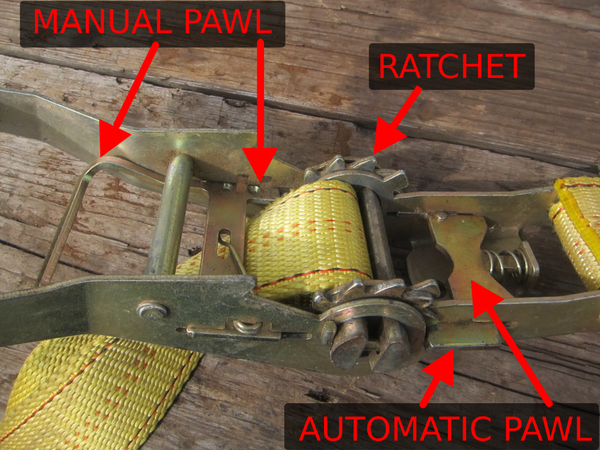 The above steps — combined with patience and time — are the best options for easy lug nut removal.
The above steps — combined with patience and time — are the best options for easy lug nut removal.
Check out all the tire and wheel products available on NAPAonline or trust one of our 17,000 NAPA Auto Care locations for routine maintenance and repairs. For more information on dealing with a seized lug nut, chat with a knowledgeable expert at your local NAPA Auto Parts store.
Photo courtesy of Creative Commons.
Categories
Know How
Tags
hardware, lug nut, lug nut remover, nut, removing rusted nuts and bolts, rust, wheel stud, wheels
Having been bitten by the car bug at a young age, I spent my formative years surrounded by Studebakers at car shows across Quebec and the northeastern United States. Over ten years of racing, restoring, and obsessing over automobiles lead me to balance science writing and automotive journalism full time. I currently contribute as an editor to several online and print automotive publications, and I also write and consult for the pharmaceutical and medical device industry.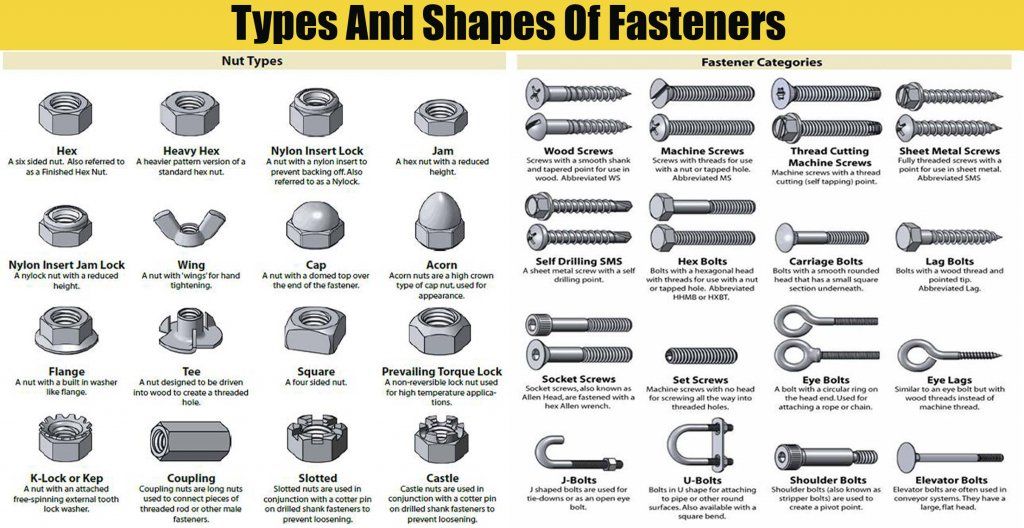
Wheel bolts attach the car wheel to the hub and whenever you want to change tires, get access to the suspension, brakes, you have to unscrew them. The ability to unscrew the wheel is necessary for every driver, since no one is immune from punctures. Unscrewing the bolts is not at all difficult, but if they have not been touched for a long time, they can rust. Our article will help to cope with such a problem. 9Ol000
To prevent the vehicle from rolling away, place it on a level surface and apply the parking brake.

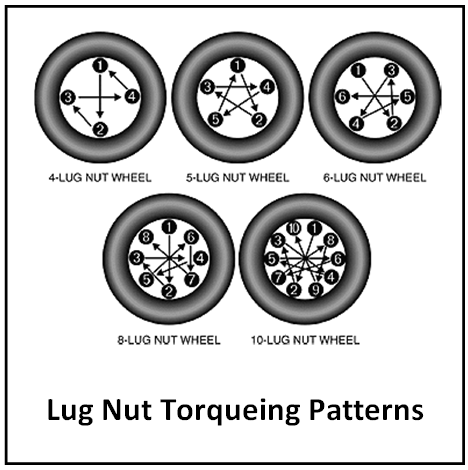 On American cars, studs and nuts are often used, but this does not change the procedure for dismantling the wheel.
On American cars, studs and nuts are often used, but this does not change the procedure for dismantling the wheel.
Check that the machine is on the handbrake. If the bolts stick, it will take a lot of force, so make sure the vehicle will not move.
Often, wheel wrenches have a short handle, which does not allow you to develop sufficient force.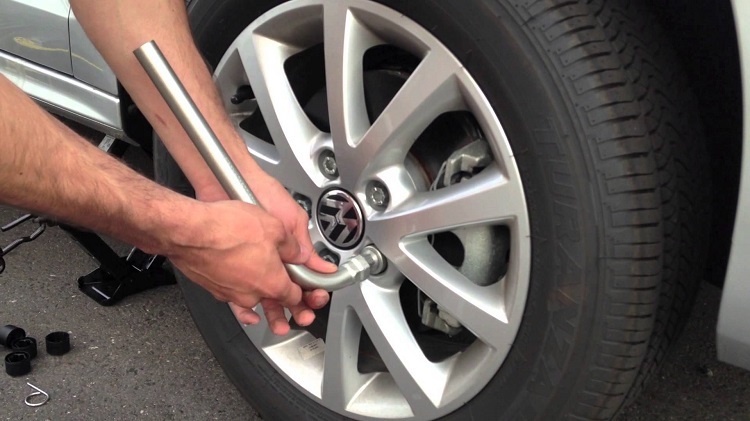 The easiest and safest way is to extend the handle of your key. This will make it possible to create a very significant effort. In the absence of a wrench with a long handle, you need to put a metal pipe on the handle of your wrench.
The easiest and safest way is to extend the handle of your key. This will make it possible to create a very significant effort. In the absence of a wrench with a long handle, you need to put a metal pipe on the handle of your wrench.
If your arms aren't strong enough to loosen bolts, use the strongest muscle in your body, your legs. To do this, put the wrench on the nut so that the handle is parallel to the ground. Carefully place one foot on the key so that it spins counterclockwise. You can also lean on the car with your hands and stand on the key with both feet. Then jump a little. When the nut has moved, unscrew it as usual. Be very careful. The key is not the trampoline. You can not kick the key or jump on it so that the feet come off the handle. Avoid sudden loads on the key.
Take a hammer or mallet and hit the handle of the wrench, in some cases this is great for loosening stuck nuts. In extreme cases, even a stone can be used instead of a hammer. Avoid slipping as the bolt and wrench may be damaged. It is necessary to apply short well-aimed blows.
In extreme cases, even a stone can be used instead of a hammer. Avoid slipping as the bolt and wrench may be damaged. It is necessary to apply short well-aimed blows.
Use a torque wrench when tightening bolts. If the wheel bolts on your vehicle are too tight after the last removal of the wheels, use a torque wrench to secure the wheels to the torque recommended in the manual.
Chemicals should only be used as a last resort. If the bolts are overtight, apply Liquid Wrench or PB Blaster to the bolt. To apply the product exactly on the bolt, use a watering can with a thin spout. Wait ten minutes and try to unscrew.
Lubricant on the brake disc can increase braking distance and cause an accident. If liquid gets on the disc, clean it with a solvent and a clean rag. If oil gets on the pads, you will have to replace them.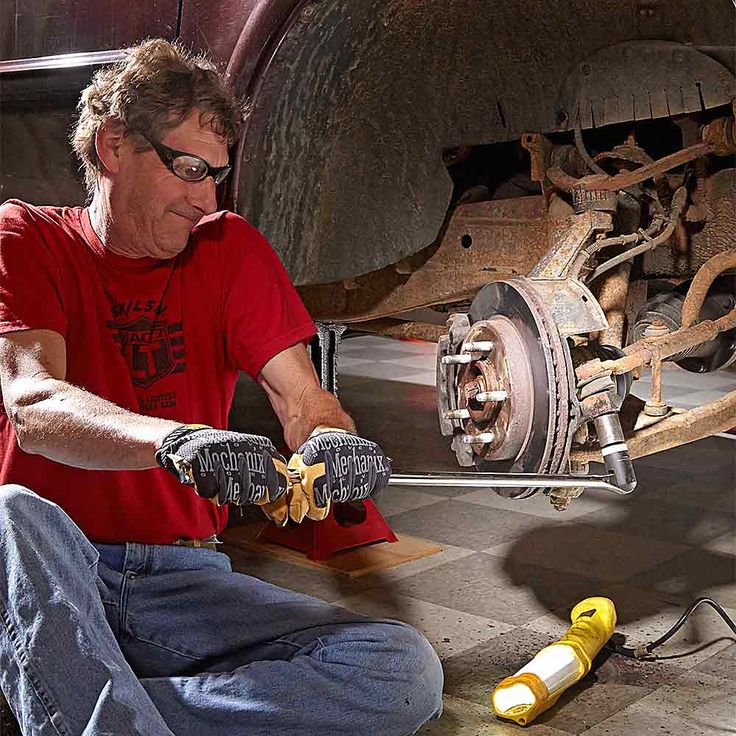
If the car's wheel is stuck to the hub, loosen the bolts and try driving the car for a short distance. This force will pull the wheel off the hub.
 How to start a car in winter, do I need to warm up a car in winter, useful tips
How to start a car in winter, do I need to warm up a car in winter, useful tips 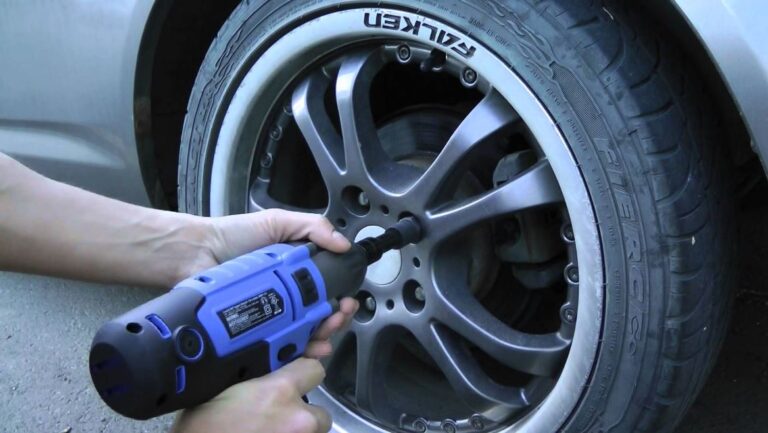 Lost car key what to do, car key inside the car
Lost car key what to do, car key inside the car
Tires and wheelsadmin03.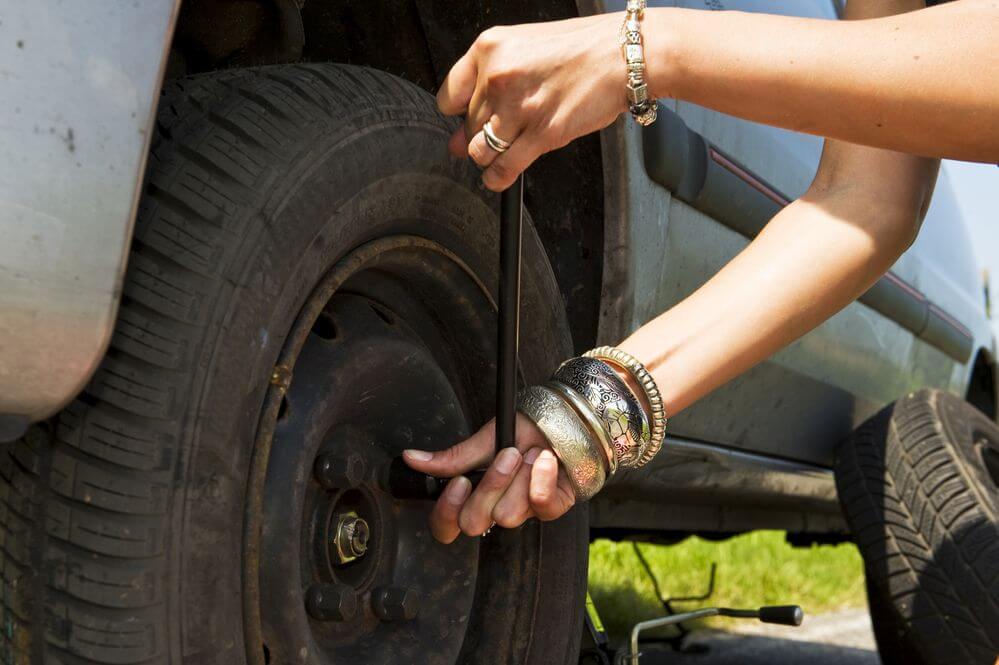 8k.
8k.
To repair or replace a wheel, you must first remove it from the vehicle. Modern tire shops use pneumatic or electric wrenches, often referred to simply as guns, to speed up the work. If the tool torque is incorrectly adjusted, the bolts will be overtightened. Therefore, it is important for car owners to know what to do if the wheel bolts are tightened with a gun and cannot be unscrewed.
Each car manufacturer sets individual bolt torques for their models. These values should be given in the documentation. Of course, it is difficult to imagine a tire fitting worker carefully consulting multi-page tables that indicate the recommended torque for any brand.
In practice, everything is much simpler. Even in tire shops that are in good standing, it is practiced to use the optimal bolt torque for most cases. It is easy to assume that for unscrupulous craftsmen, the wrench is set to an arbitrary torque, obviously exceeding the required value.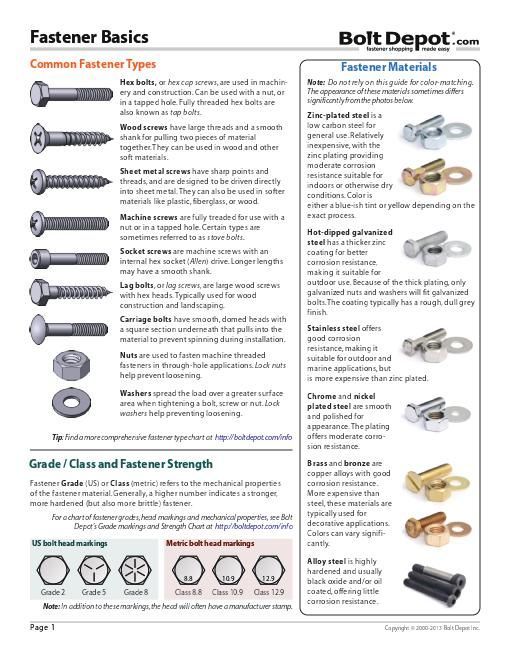 This will ensure that the bolts are tightened as quickly as possible and do not loosen.
This will ensure that the bolts are tightened as quickly as possible and do not loosen.
The thread will of course not be stripped immediately. Industrially produced bolts, made from the required steel and heat treated to optimal conditions, successfully cope with excessive tightening forces. But a person who has to unscrew the bolts after careless service workers will definitely have difficulties.
Preliminary work must be done before loosening the bolts. This operation is always performed according to the same algorithm.
Proceed as follows :
 They can be replaced by brick fragments or medium-sized stones found on the road.
They can be replaced by brick fragments or medium-sized stones found on the road. This completes the preparation procedure. It's time to start loosening the bolts.
When faced with the problem of over-tightening bolts, it is useful to remember how almost all motorists tightened and loosened bolts 50 years ago. They applied force to the balloon wrench not with their hands, but with their feet. It was so much easier and more convenient. This will be the first, most obvious method.
All you need is one tool that should be in every driver's kit - wheel wrench . To unscrew it, you need to tightly put the wrench on the hexagon. It is worth starting with a little effort, resting your foot on the handle.
If this is not enough, you will have to apply your entire body weight, stepping on the key with one foot and lifting the other off the ground.
You can even jump on it, the vibration makes it easier to unscrew. Balance is easy to maintain if you rest your hands on the roof of the car.
If the simplest method does not help, you will have to use something more convenient. You can smoothly increase the torque on the key using the lever.
Fits 9 for shank extension0220 piece of any pipe of suitable section. Hoping that the right pipe will be found on the road is not worth it. It is best to always carry a suitable segment with you.
If the mass of the pipe does not suit you, you can also find titanium. It is lighter in weight, but loses steel in strength.
The force on the lever can be applied either by hand or by your own weight.
If the classic method fails and the pipe does not work, shock loads should be used.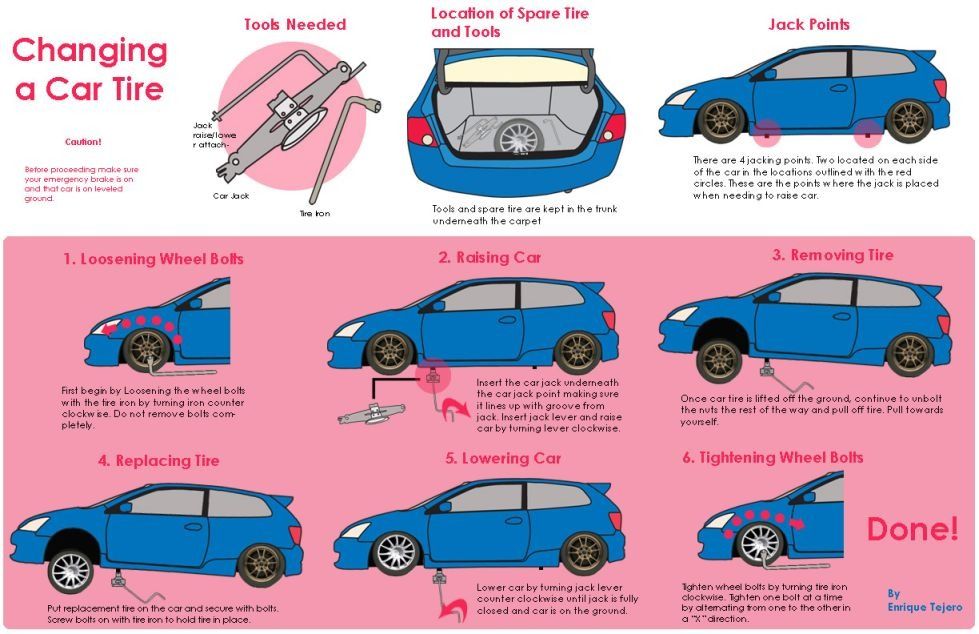
This can be done in two ways :
In the vast majority of cases, these methods will remove bolts that have been tightened to an excessively high torque. If none of them helped, then most likely it's not the tightening force, but corrosion. universal WD-40 or regular kerosene will help to cope with it. It is enough to apply the composition to the bolts, hold for 10 minutes and try again to unscrew.